The untamed South
A home away from Home
Chloe Durr
Day 1: Gateway to the Namib Desert
Hiking boots, sun cream and camera in tow, we left Windhoek in the midst of a Monkey's Wedding, the looming clouds teasing the thirsty land, offering short bursts of relief from the heat for the entourage of cyclists pedalling the C26 dust road - up the Kupferberg Pass - in the general direction of the Us Pass and further south along the D1265 towards Namibgrens Guest Farm (a popular destination for hikers and nature enthusiasts - worth exploring). Their sheer determination set the momentum for our journey. I found myself consumed by the constantly changing landscape as the plateau of the Khomas Hochland slowly faded into a more barren desert terrain. We passed settlements, sparsely placed, and then a row of little red flags which led to a sign at a cattle grid directing us to Mele Farmstall - situated along the district road D1275, which you turn onto at Nauchas, before proceeding towards the Spreetshoogte Pass. We were welcomed with open arms by the owner, Sonia Rabi, who presented us with freshly baked apple tart and coffee, before she welcomed a family of cyclists who had arrived to enjoy ice-cold beers to toast their successful bicycle ride from Windhoek.
The spirit of camaraderie and the excitement of adventure filled the air as we continued our journey towards the pass - a gateway to the Namib Desert. The dust road abruptly became a neatly laid brick road cutting through towering rock faces that opened to reveal a spectacular view that stretched to the Namib and beyond - showcasing the expanse of the region and the ground that we still needed to cover. We slowly wound our way down on the hairpin bends of the Pass; the original road was built by Nicolaas Spreeth and later paved with hand laid bricks for ease of transport over the mountain pass.
No trip to this area is complete without a stop in Solitaire. This one-horse town was once a posthouse for farmers in the area and now a characterful place, with vintage cars scattered on the barren landscape, a trading store, and home to the famous McGregor’s Bakery and Apple Pie. Travellers come from far and wide to sample the pie and fill their petrol tanks before setting off to the dunes of Sossusvlei or the hiking trails of the Namib-Naukluft National Park. With a full tank we continued our journey towards Maltahöhe, but turned off onto the D854 towards the Tsauchab River Camp.
Nothing can prepare one for the sight of hundreds of iron sculptures that neatly line the entry to Tsauchab River Camp. Each sculpture lovingly constructed by the owner, Johan Steyn, from a pile of scrap metal found on the property dating back to 1911. Tsauchab is a family-run camp built from scratch with heart and soul that resonates in every detail of the property. Memorabilia of times past line the walls of the lodge, and hikers lounge outside in the shade of ox wagons and acacia trees enjoying a glass of homemade lemonade.
Nestled in the catchment area of the Tsauchab River and surrounded by the majestic Tsaris-, Naukluft- and Roter Kamm mountain ranges, Tsauchab River Camp is the perfect base to explore the region - located only 70km from the Sesriem Canyons and 40km from Naukluft Park with its numerous hiking trails and 4x4 trails of varying difficulty. A hike to the lesser-known Naukluft Kokerboom forest is a must. The trophy for one's effort is a home cooked evening meal, served either in the restaurant or made by you under a canopy of brilliant stars in the beautifully spacious and exclusive campsites, spread out on the farmland. Each campsite is unique - one of the sites even boasts a bathroom built into a fig tree (Drongo Campsite), another under the trees at a natural oasis (Oerwald Campsite). Tsauchab River Camp is truly a unique destination and easily accessible with a normal vehicle. The homeliness of the lodge environment and the welcoming nature of the owners Johan and Nicky Steyn make this a perfect spot for a family holiday.
The farm is neighbour to the Neuras Wine & Wildlife Estate, which is part of the N/a'an ku sê Wildlife Sanctuaries - written of in the June 2019-edition of Tourismus Namibia. Enjoy a cheese and wine tasting against the backdrop of vineyards and the Naukluft Mountains, or a sun downer drive through the Honey Canyon - a great holiday activity after a day spent hiking.
Day 2: Crystal Pools and Soaring Eagles
I tackled the 6km Kudu trail early, before the heat of the day set in and began my 1.5 hour climb up the Rooikop Mountain. With views of the rugged landscape, soaring black eagles, the gentle sunrays kissing the mountaintops and shy Kudu grazing amongst the acacia I was able to walk freely in the crisp mountain air and feel content on my own -truly experiencing the value of the silence and absorb the environment without distraction.
After a refreshing swim and a romp with the feral Siamese cats that keep the field mice at bay, we bid farewell to our ‘home away from home’ and drove the short distance to the Namib-Naukluft National Park (also along the D854).
We arrived at our restful retreat in the Naukluft Mountains, which is a natural fold created inland from the Atlantic Ocean, where the Namib Desert is pushed up to become an escarpment. The far larger Namib-Naukluft National Park comprises of an array of varying landscapes, from red dunes along the coast (including the Sossusvlei and Sesriem Canyon) to quartz planes further inland - it is the largest single conservation area in Africa. Namibia Wildlife Resorts are known for owning some of the most beautiful sites in Namibia and the NWR’s Naukluft chalets and campsites are no exception. The chalets are pure luxury and along with the campsites, are beautifully set in a scenic gorge shaded by willows, wild fig trees and acacias. This reserve is a haven for young and old alike, as there are many hiking trails to choose from. These trails vary from 2.5km to 5km walks into the valley or up the canyon, where you can enjoy a swim in crystal-clear mountain pools amongst foraging baboons and hyrax, better known as dassies (Hyracoidea). Alternatively you may choose to walk the eight-day hike, which is deemed to be one of the toughest in Africa.
We chose to braai that evening to enjoy the sunset, listening to barking baboons under the glittering stars. You might prefer the restaurant and a bar found saddling the mountain with dreamy views across a valley. We left refreshed, with silence ringing in our ears and the desire to see much more of the Naukluft Park as soon as possible.
Day 1: Gateway to the Namib Desert
Hiking boots, sun cream and camera in tow, we left Windhoek in the midst of a Monkey's Wedding, the looming clouds teasing the thirsty land, offering short bursts of relief from the heat for the entourage of cyclists pedalling the C26 dust road - up the Kupferberg Pass - in the general direction of the Us Pass and further south along the D1265 towards Namibgrens Guest Farm (a popular destination for hikers and nature enthusiasts - worth exploring). Their sheer determination set the momentum for our journey. I found myself consumed by the constantly changing landscape as the plateau of the Khomas Hochland slowly faded into a more barren desert terrain. We passed settlements, sparsely placed, and then a row of little red flags which led to a sign at a cattle grid directing us to Mele Farmstall - situated along the district road D1275, which you turn onto at Nauchas, before proceeding towards the Spreetshoogte Pass. We were welcomed with open arms by the owner, Sonia Rabi, who presented us with freshly baked apple tart and coffee, before she welcomed a family of cyclists who had arrived to enjoy ice-cold beers to toast their successful bicycle ride from Windhoek.
The spirit of camaraderie and the excitement of adventure filled the air as we continued our journey towards the pass - a gateway to the Namib Desert. The dust road abruptly became a neatly laid brick road cutting through towering rock faces that opened to reveal a spectacular view that stretched to the Namib and beyond - showcasing the expanse of the region and the ground that we still needed to cover. We slowly wound our way down on the hairpin bends of the Pass; the original road was built by Nicolaas Spreeth and later paved with hand laid bricks for ease of transport over the mountain pass.
No trip to this area is complete without a stop in Solitaire. This one-horse town was once a posthouse for farmers in the area and now a characterful place, with vintage cars scattered on the barren landscape, a trading store, and home to the famous McGregor’s Bakery and Apple Pie. Travellers come from far and wide to sample the pie and fill their petrol tanks before setting off to the dunes of Sossusvlei or the hiking trails of the Namib-Naukluft National Park. With a full tank we continued our journey towards Maltahöhe, but turned off onto the D854 towards the Tsauchab River Camp.
Nothing can prepare one for the sight of hundreds of iron sculptures that neatly line the entry to Tsauchab River Camp. Each sculpture lovingly constructed by the owner, Johan Steyn, from a pile of scrap metal found on the property dating back to 1911. Tsauchab is a family-run camp built from scratch with heart and soul that resonates in every detail of the property. Memorabilia of times past line the walls of the lodge, and hikers lounge outside in the shade of ox wagons and acacia trees enjoying a glass of homemade lemonade.
Nestled in the catchment area of the Tsauchab River and surrounded by the majestic Tsaris-, Naukluft- and Roter Kamm mountain ranges, Tsauchab River Camp is the perfect base to explore the region - located only 70km from the Sesriem Canyons and 40km from Naukluft Park with its numerous hiking trails and 4x4 trails of varying difficulty. A hike to the lesser-known Naukluft Kokerboom forest is a must. The trophy for one's effort is a home cooked evening meal, served either in the restaurant or made by you under a canopy of brilliant stars in the beautifully spacious and exclusive campsites, spread out on the farmland. Each campsite is unique - one of the sites even boasts a bathroom built into a fig tree (Drongo Campsite), another under the trees at a natural oasis (Oerwald Campsite). Tsauchab River Camp is truly a unique destination and easily accessible with a normal vehicle. The homeliness of the lodge environment and the welcoming nature of the owners Johan and Nicky Steyn make this a perfect spot for a family holiday.
The farm is neighbour to the Neuras Wine & Wildlife Estate, which is part of the N/a'an ku sê Wildlife Sanctuaries - written of in the June 2019-edition of Tourismus Namibia. Enjoy a cheese and wine tasting against the backdrop of vineyards and the Naukluft Mountains, or a sun downer drive through the Honey Canyon - a great holiday activity after a day spent hiking.
Day 2: Crystal Pools and Soaring Eagles
I tackled the 6km Kudu trail early, before the heat of the day set in and began my 1.5 hour climb up the Rooikop Mountain. With views of the rugged landscape, soaring black eagles, the gentle sunrays kissing the mountaintops and shy Kudu grazing amongst the acacia I was able to walk freely in the crisp mountain air and feel content on my own -truly experiencing the value of the silence and absorb the environment without distraction.
After a refreshing swim and a romp with the feral Siamese cats that keep the field mice at bay, we bid farewell to our ‘home away from home’ and drove the short distance to the Namib-Naukluft National Park (also along the D854).
We arrived at our restful retreat in the Naukluft Mountains, which is a natural fold created inland from the Atlantic Ocean, where the Namib Desert is pushed up to become an escarpment. The far larger Namib-Naukluft National Park comprises of an array of varying landscapes, from red dunes along the coast (including the Sossusvlei and Sesriem Canyon) to quartz planes further inland - it is the largest single conservation area in Africa. Namibia Wildlife Resorts are known for owning some of the most beautiful sites in Namibia and the NWR’s Naukluft chalets and campsites are no exception. The chalets are pure luxury and along with the campsites, are beautifully set in a scenic gorge shaded by willows, wild fig trees and acacias. This reserve is a haven for young and old alike, as there are many hiking trails to choose from. These trails vary from 2.5km to 5km walks into the valley or up the canyon, where you can enjoy a swim in crystal-clear mountain pools amongst foraging baboons and hyrax, better known as dassies (Hyracoidea). Alternatively you may choose to walk the eight-day hike, which is deemed to be one of the toughest in Africa.
We chose to braai that evening to enjoy the sunset, listening to barking baboons under the glittering stars. You might prefer the restaurant and a bar found saddling the mountain with dreamy views across a valley. We left refreshed, with silence ringing in our ears and the desire to see much more of the Naukluft Park as soon as possible.



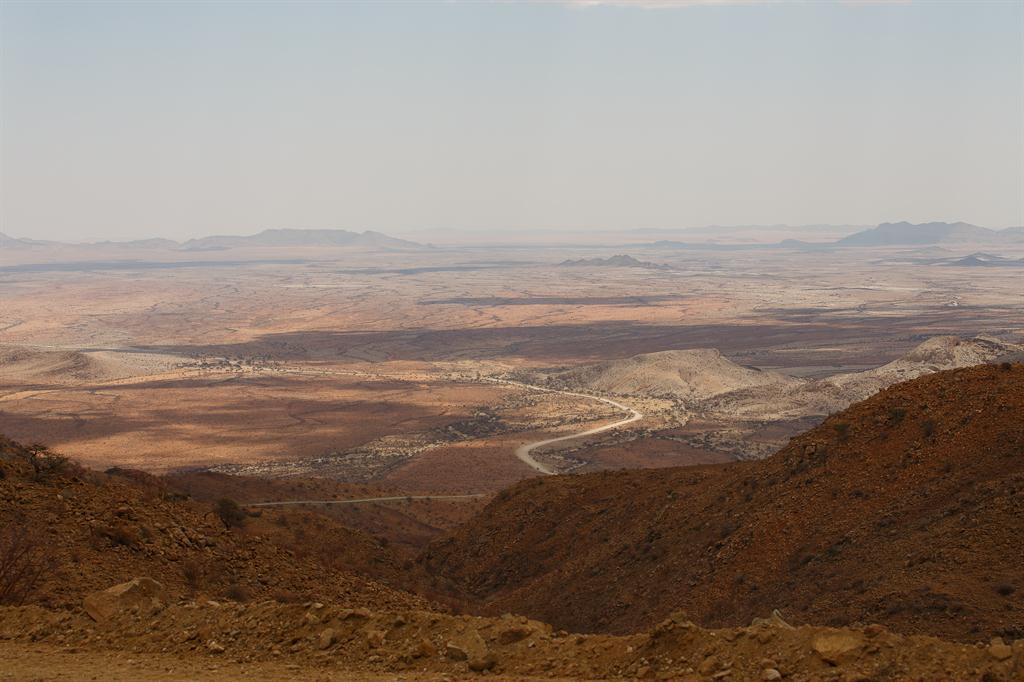

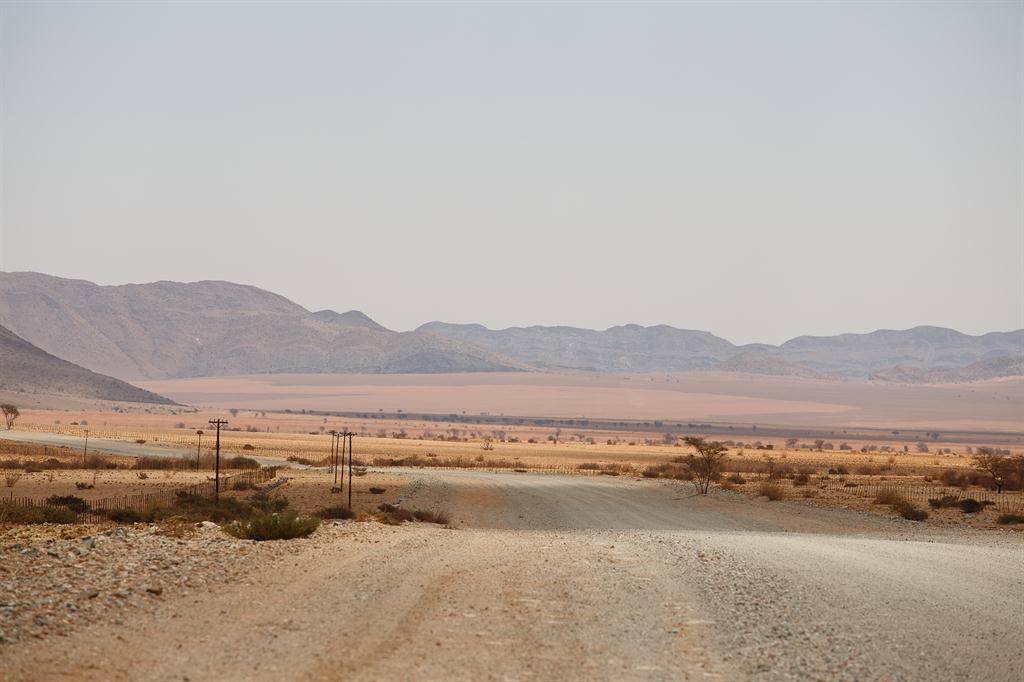
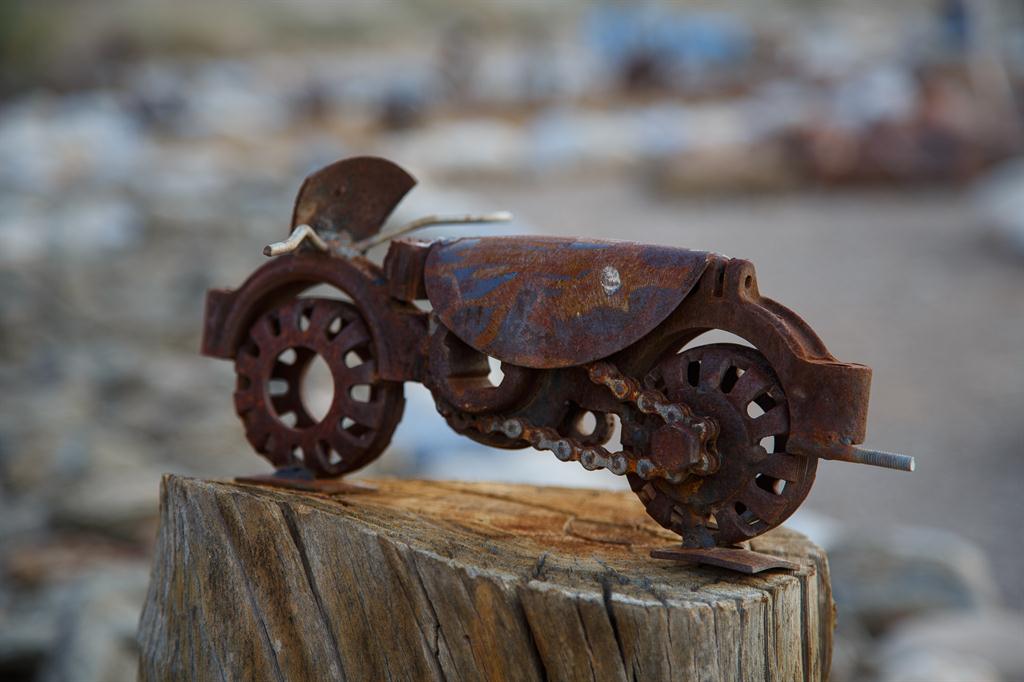
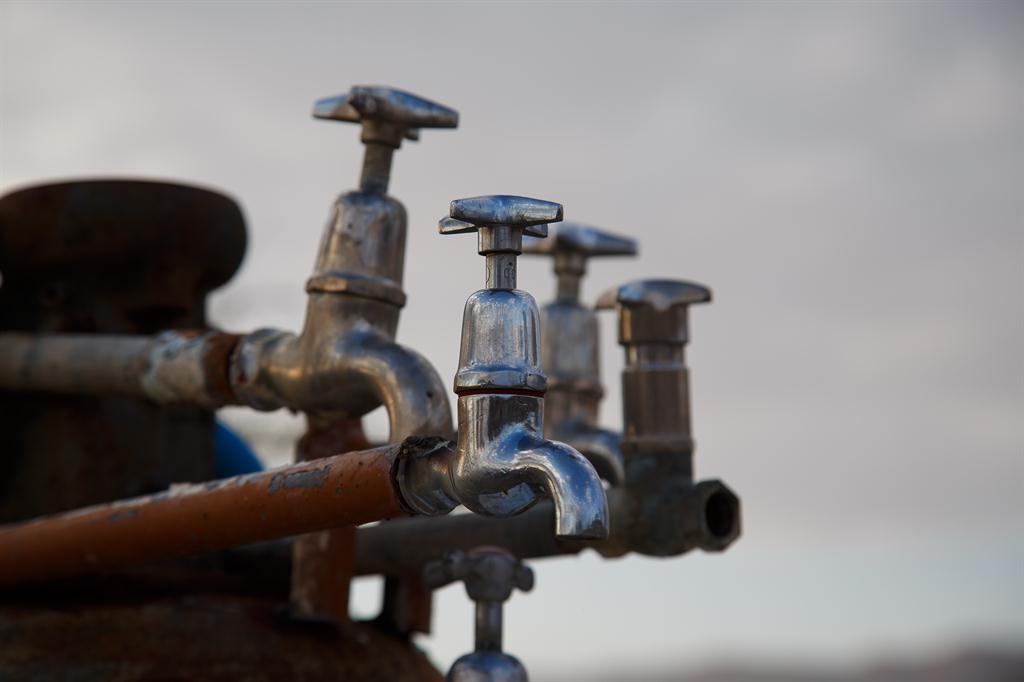
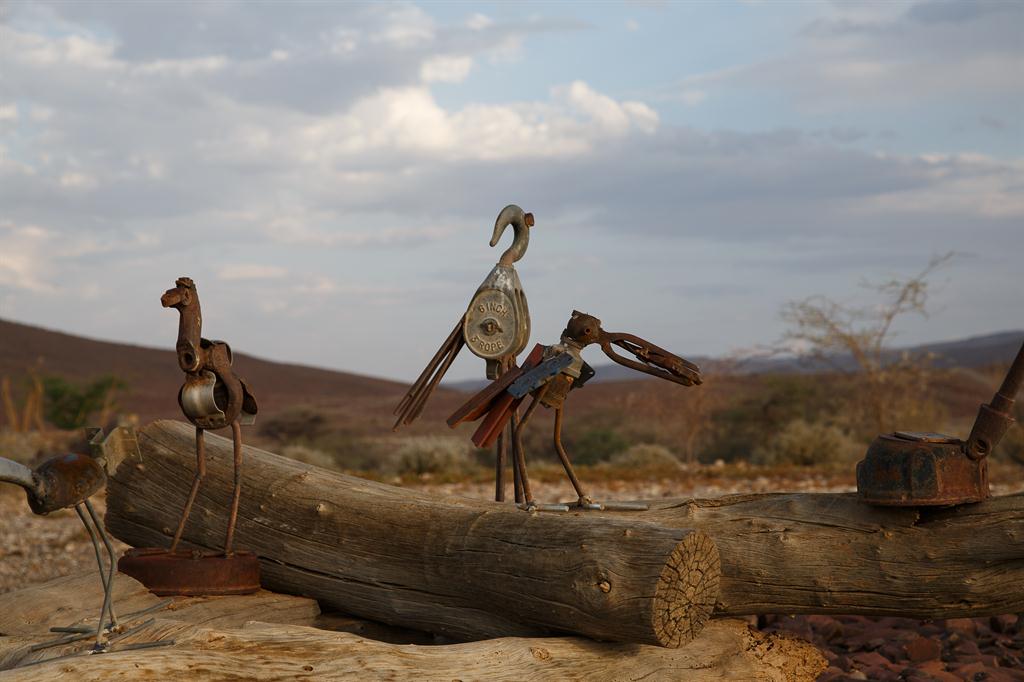
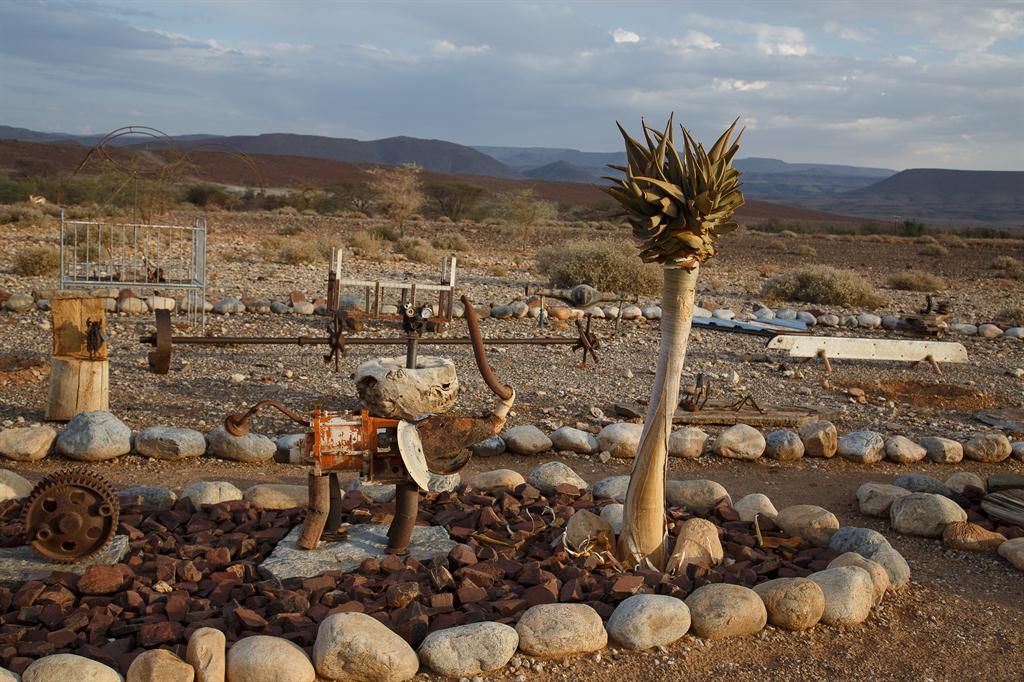
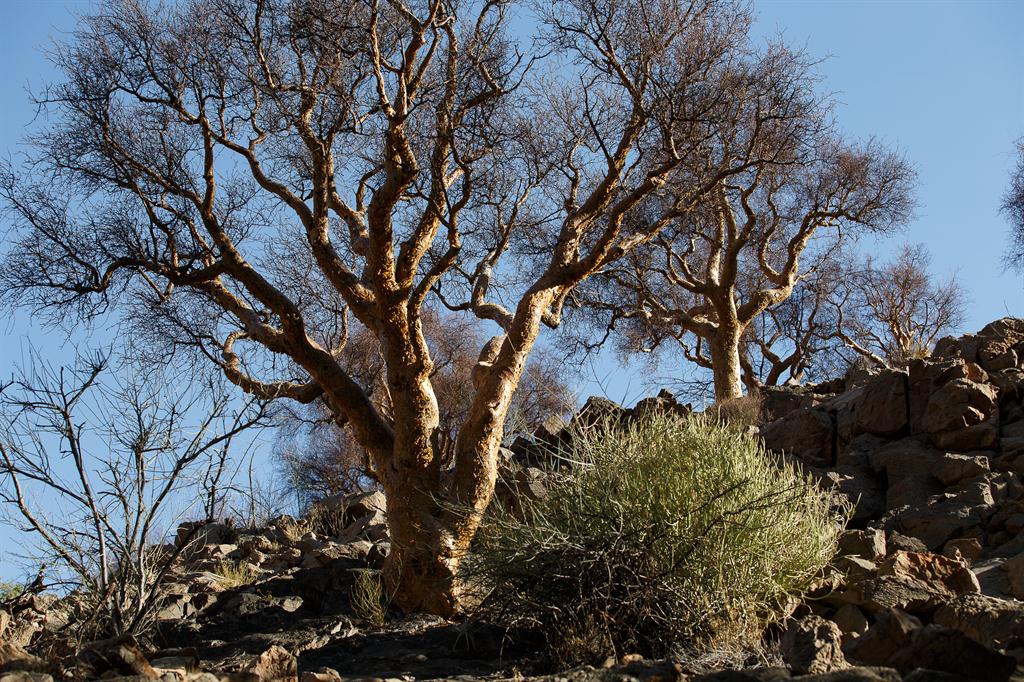


Kommentar
Allgemeine Zeitung
Zu diesem Artikel wurden keine Kommentare hinterlassen